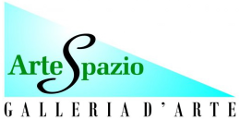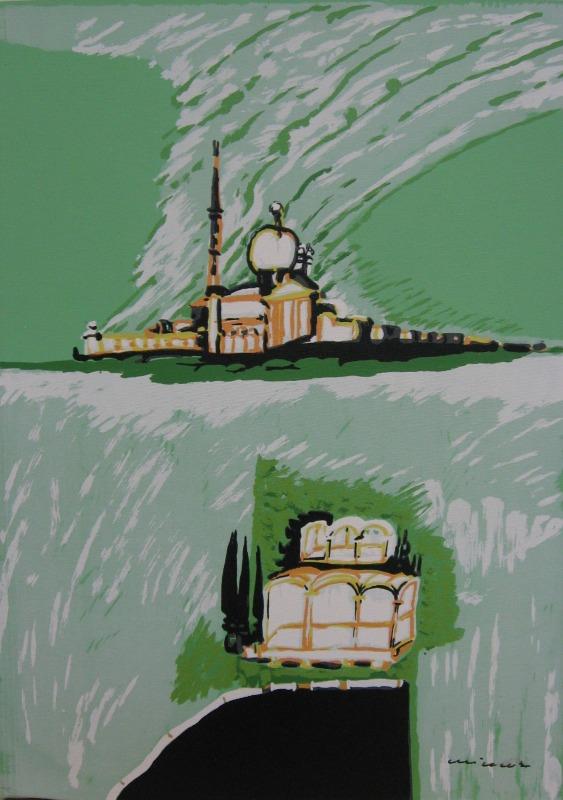Brindisi Remo
20/02/2014
Remo Brindisi was born in Rome in 1918. He began to indulge his passion by attending the School of Art Pens, where his father taught wood sculpture. Followed, in the city of Rome, the art director of the Experimental Center of courses, although for a limited time, and classes at the School of Nude of the Academy of Fine Arts, until he obtained a scholarship to the Institute Art for the Presentation of the Book of Urbino. Along the course of his life, driven also by external motivation to his career, Brindisi traveled widely, touching on major cities such as Florence, Venice, Milan and Paris too. During the Second World War he was called to serve, an experience that led him to Florence, where he lived happy moments next to friends and artists such as Ardengo Soffici and Ottone Rosai. In 1940 he carried out his first solo exhibition in Florence, where he presented the works of lyrical and descriptive approach, presenting the catalogue created by Eugenio Montale. He was also taken prisoner by the Germans but escaped and took refuge in Venice until the seals Liberation. In the capital of Veneto began to bind to the gallery owner Charles Cardazzo, which allowed him to play an intense exhibition at its premises in The Horse Gallery. Moreover, of the forties and fifties he participated in all the Venice Biennale and also the Quadrennial in Rome, using characters in the new Expressionist figuration, with trends close to the informal style. Remo Brindisi moved to Milan in 1947, where Cardazzo had recently opened a new Galleria Naviglio. These were years of turbulence Art, where he entered Brindisi first line to be part of the Group, resulting in a flattening in the direction of his Cubist figures, and then, the band split in 1950, went to Realism. The link with Realism was not lasting, however, split off from it in 1955, following a personal retrospective dedicated to him at the Padiglione d'Arte Contemporanea in Milan and a staff in Zurich. He was also president of the Triennale di Milano, in 1973, was professor and director of the Fine Art School in Macerata and received the Gold Medal of Education for cultural merits. His passion for art and culture also led him to found in 1970 in Lido Spina near Ferrara, the Alternative Museum, headed to his name, with the aim of collecting the works of major contemporary artists from around the world . Never stopped to show his work which led him to get awards and recognition beyond national borders. Also recognized by critics today as one of the greatest painters of the twentieth-century Italian, died at Lido Spina in 1996. Remo Brindisi painted works great with cyclical issues, many of which related to social issues, which led him to become a chronicler of collective suffering, which gave his paintings to an epic. Especially during the Fascist period his work was aimed at telling the guilt and the horrors that the human mind was able to generate. His work still speaks to us of personal feelings, inner, traumatic memories that resurface after years as a nightmare.

